9. Performance Management
9.1: There is a statewide chief performance officer (or other staff role with similar authority) that oversees a statewide performance management system
9.2: There is a statewide performance management governance system (i.e., a formally established group of leaders from multiple parts of state government that contribute to decision-making on performance management as evidenced by a public artifact that lays out who is included and how the group plans, monitors, and enforces performance management)
9.3: The state has a policy (law, administrative rule or guidance, executive order, etc) that requires performance management reports to, wherever practicable, include data assessing how programs meet the needs of communities most in need.
Oregon
Leading Example
A 2018 Oregon statute requires agencies to submit key performance measure data to the Legislative Fiscal Office on a regular basis, in addition to sharing reports publicly to indicate Oregon’s progress toward identified measures. Oregon also has a Key Performance Measures system in which agencies report regular progress on identified measures to the legislature and the Governor’s Office. With the development of Oregon’s Racial Justice Council, the state is in the process of establishing a centralized vision for racial justice and equity that includes guidance for agencies on identifying strategic objectives and measures to support racial equity and in evaluating services from a community-focused standpoint, as released as part of Oregon’s Diversity, Equity and Inclusion Action Plan in August 2021. Progress of the vision in terms of budget accomplishment and legislative support are summarized in a Racial Justice Council April 2022 presentation.
Promising Examples

Colorado
Colorado
The 2013 SMART Act required all state agencies to submit annual performance reports to the state legislature. Reports must include: (1) performance measures for the major functions of the department; (2) performance goals for at least the subsequent three years; (3) a description of the strategies necessary to achieve those goals; and (4) a summary of the department’s most recent performance evaluation. The Governor’s Director of Operations and Cabinet Affairs oversees the development and execution of statewide performance goals. The Governor’s Office of Operations maintains the statewide performance management system required, by law, to be published on an annual basis. Providing guidance on developing annual strategic goals and annual performance plans and identifies opportunities for process improvement (CRS 2-7-204). Executive branch agencies continue to identify annual Wildly Important Goals (WIGs) that align with their agency’s mission, the statewide strategic goals, working group goals, and the Reimagine State Government Initiative.

Delaware
Delaware
The Government Accountability Act, tied to performance measurement, mandates agency directors to include performance measures in the budgeting process. This statewide system aims to align with agency missions by enhancing productivity, improving efficiency, reducing costs, and eliminating waste in delivering goods and services to taxpayers, customers, and state employees.

Maryland
Maryland
Maryland has a Chief Performance Officer (CPO) whose role includes the oversight of the statewide performance management approach. The CPO leads the Governor’s Office of Performance Improvement, which oversees development and implementation of the Moore-Miller Administration State Plan. To aid in doing so, the Governor established a Performance Cabinet. The Performance Cabinet consists of cross-agency teams that include Cabinet Secretaries, senior agency staff, and members of the Governor’s Office, and meets regularly – often monthly – to conduct a data-driven review and drive progress on these priorities.
Agencies also assigned an agency performance lead to coordinate within the agency on supporting the Performance Cabinet and driving progress on the ten priorities identified in the State Plan. Activities include collecting key performance indicators and strategies and taking action to achieve them, and analyzing progress to identify opportunities for performance improvement. Agency performance leads also collaborate with agency data officers. This process is complemented by Managing for Results, a statutory performance management system where agencies publish their goals and metrics concurrent with each budget.

Minnesota
Minnesota
The One Minnesota Plan sets a shared vision for the enterprise. The plan includes mission, vision, guiding principles, and priorities; Measurable Goals; and Agency Strategic Plans. Minnesota Management & Budget leads implementation coordination, overseen by the Enterprise Director for Results Management, in consultation with the Governor’s Office. Quarterly, state agencies review progress on the measurable goals to evaluate if success will be achieved by staying the course or if course corrections or increased intensity are needed. The Crossroads to Justice plan, released in 2024 by the Minnesota Interagency Council on Homelessness, and co-developed with 10 paid consultants with lived experience of homelessness, identifies Strategy 3 to “Use data to target resources more effectively,” including for MMB to “Display state performance and outcomes data by housing status on any public website…” This practice is already used for some One Minnesota goals, such as Educational Opportunity, where one can find data disaggregated by race/ethnicity and housing status.

New Mexico
New Mexico
In 1999 the Accountability in Government Act was enacted, requiring New Mexico’s largest agencies to participate in quarterly performance management. Where yearly, specific performance metrics are picked to be tracked, allowing both the Department of Finance and Administration, and the Legislative Finance Committee to assess agency performance focused on process and outcomes.
In 2021, the New Mexico LFC launched an initiative called LegisStat, which focuses on key challenges the state is facing. Most often these challenges are faced by individuals experiencing unfavorable outcomes, including unemployment or interactions with the child welfare system. Meetings are led by the joint House-Senate committee that dives into root performance challenges (and successes). LegisStat continued in 2022 and 2023 with new agencies. Additionally, the state budget and associated budget documents from the LFC include performance data as called for by the Accountability in Government Act.

North Carolina
North Carolina
The Governor’s Performance Management Advisory Committee (PMAC) is composed of 13 department heads, senior officials, legislators, and performance experts who advise the Governor on performance management initiatives and strategies for increasing evidence-based policymaking efforts
OSBM hosts an annual Performance Management Academy training series for state agencies; to date, more than 160 state employees from 20 agencies, boards, and universities have graduated from the Academy. Beginning in 2025, in partnership with local universities, OSBM is expanding the PMA to include ongoing learning opportunities at all levels, and a fellowship program.
The Department of Information Technology (DIT) is home to a Process Improvement Team which collaborates with state agencies to use evidence in strategic planning processes. DIT provides monthly training resources for state agencies to learn the Lean Six Sigma process improvement methodology and hosts a Process Improvement Community of Practice.
Immediately after Hurricane Helene hit NC, OSBM began assessing the catastrophic effects of the storm. The resulting Damage and Needs Assessment (DNA) has become an authoritative source of data on the storm’s impacts, forming the basis of government, nonprofit, and business decisions about recovery strategies, state and federal funding requests, and grant applications. It also creates a baseline the state can use to measure recovery progress. This nationally-recognized effort [CH1] [CH2] underscores the value of responsive, data-based guidance for effective public budgeting.
In Executive Order No. 3, Governor Stein created the Governor’s Recovery Office for Western NC (GROW NC), the Division of Community Revitalization, and an Advisory Committee on WNC Recovery to coordinate and accelerate Hurricane Helene recovery efforts. GROW NC is also charged with tracking spending and performance outcomes; GROW NC uses these data to provide transparency regarding the progress of recovery and to continually assess and guide recovery strategies for our hardest-hit communities.

Ohio
Ohio
LeanOhio, a program within the Office of Data and Efficiency, spearheads performance improvement efforts in Ohio, with over 500 projects across 45 agencies since 2011. They’ve formed and maintained the LeanOhio Network, a group of approximately 1,000 agency-embedded employees trained in Lean Six Sigma, ensuring project management and outcomes. This network includes roughly 60 Black Belts and 240 Green Belts, as well as individuals tapped as agency Lean Liaisons that coordinate Lean efforts and serve as our direct link to the enterprise.
Ohio’s varied administrative structures necessitate tailored performance management approaches. The Ohio Department of Health uses Results Based Accountability (RBA) and the Clear Impact Scorecard. Opportunities for Ohioans with Disabilities (OOD) conducts executive performance management reviews of their Management Statistics and Reports for Disability Determination and Vocational Rehabilitation programs. The Department of Health, Department of Job and Family Services, Department of Aging and the Bureau of Worker’s Compensation have each recently contracted with the Center for Results-Focused Leadership to develop PerformanceStat systems to address organizational challenges
ResultsOHIO is an infrastructure within the Treasurer’s office that enables policymakers and innovators to pursue pay for success (PFS) projects aimed at tackling the most pressing social and public health challenges facing Ohio. During and following completion of a ResultsOHIO project, a third-party evaluator gathers and reports performance data assessing the outcome metrics of a project.

Rhode Island
Rhode Island
Rhode Island has a Chief Analyst who heads the Performance Management Unit (PMU) within the Office of Management and Budget (OMB). Since 1997, Rhode Island state law has required state agencies to submit performance measure data and targets as part of the annual budget request process. Starting in 2023, the PMU began quarterly reporting of performance measures to supplement annual reporting.
As outlined in the Annual Budget Instructions, agencies are required to report on program performance reporting when submitting budget requests. Agency Chief Financial Officers (CFOs) and other agency contacts work with the PMU to create, modify, and report data on measures.
Per state law, OMB, including the PMU, is also authorized to conduct performance reviews and audits of agencies to determine the manner and extent to which executive branch agencies achieved intended objectives and outcomes – making it the hub of statewide performance management.

Tennessee
Tennessee
Tennessee’s Governmental Accountability Act of 2013 established a statewide performance management system, Transparent Tennessee, managed by the Office of Customer Focused Government (CFG). The Office of Customer Focused Government and the state’s Chief Operating Officer continuously track and monitor performance data and report publicly available operational performance on Transparent Tennessee’s dashboards, which include specific goals, targets, and performance data for each of the state’s strategic priorities. Delving deeper into the performance management tool, citizens can see both Key Operational Goals and Strategic Initiatives for each of the 23 cabinet level departments. CFG provides a structured approach for departments to stretch their Key Operational Goals and Strategic Initiatives in a way that provides targeted improvement to service and program delivery statewide, which ultimately promotes equitable access to high-quality, responsive governance. The site also includes state fiscal data as well as Citizen Dashboard links, which guide users to key metrics at the department level.

Utah
Utah
A 2021 Utah law tasked the executive and legislative branches with jointly overseeing and improving the performance of state agencies. Together, the Governor’s Office of Planning and Budget (GOPB) Results Management team and the Office of the Legislative Fiscal Analyst (LFA) Performance team collect performance data as stipulated in appropriations bills and for new funding allocations, in support of annual budget planning (performance.utah.gov and cobi.utah.gov). A 2023 Utah law further enhanced collaboration between GOPB and LFA by establishing a joint review of line-item performance measures annually and further coordinating their work on funding item and performance measure reporting. GOPB and LFA conducted an updated performance measures training on April 22, 2025 (agenda, training slides).
GOPB and LFA collaborate to evaluate and improve state agency processes and systems under current statute. GOPB, LFA, and the Office of the Legislative Auditor General (OLAG) offer best practice resources to encourage elevated performance.

Vermont
Vermont
Vermont’s Chief Performance Officer (CPO) leads the state’s performance management system, established under Act 186 to assess how well government programs support population-level outcomes for Vermonters. The CPO oversees the annual Performance Report, which now integrates two previously separate efforts, the Programmatic Performance Measure Budget (PPMB) and the Annual Outcomes Report, into a unified tool that links program-level performance to statewide priorities. The report requires agencies to include all operational programs and identify performance measures that reflect quantity, quality, and results. It also asks programs, wherever practicable, to assess how services meet the needs of people experiencing unfavorable outcomes. Agency Performance Accountability Liaisons coordinate this work across government, with strategic support from the CPO. These efforts are reinforced by Vermont’s Program to Improve Outcomes Together (PIVOT), which combines performance measurement with continuous improvement practices to help agencies use data to make informed decisions, communicate impact, and strengthen results for Vermonters.

Washington
Washington
Results Washington published performance management dashboards and goal metrics from across state agencies and the governor’s five goal areas.
Within Results Washington the Governor’s performance audit liaison fosters the process among auditors, executive branch agencies, the Governor’s Office, the Office of Financial Management (OFM), and the Office of the Chief Information Officer (OCIO). The liaison’s role includes working with the audited agencies and OFM or OCIO to provide a joint response for performance audits. The response includes specific agency actions and due dates that the liaison tracks and publishes through completion. We post agency actions plans on our website.
In 2020, Results WA implemented a Public Performance Review (PPR) process. The PPR process includes a monthly meeting with the Governor, agency leaders and experts, and community members designed to focus on a cross-agency project tied to the Governor’s five goal areas and to hear from those impacted by the project.
